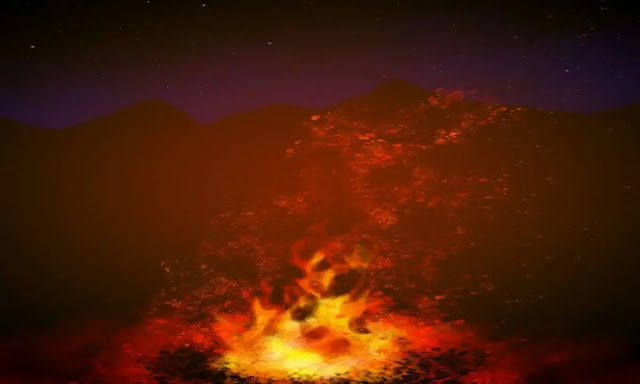Water in our planet
Water in our planet
Water covers 70% of our planet, but but 3% is water and most of it's unavailable to be used . Approximately 1.5 billion cubic kilometers is water, although it's salt water. Only alittle portion is water and, of this, quite two thirds is encased in ice sheets, especially in Antarctica and Greenland. most the remaining third is on the bottom , and far is out of reach. Finally, there's alittle proportion of water in lakes, rivers and underground aquifers from which we meet the demand for beverage , also as supply to agriculture and industry.
Fresh water may be a surprisingly scarce resource. it's also distributed unevenly, and in areas with little rainfall or high evaporation, shortages are often a serious problem. Water scarcity already affects 1.2 billion people on all continents. Another 1.6 billion people are suffering from the challenges of extracting and transporting water. These numbers are increasing, especially since the demand for water has increased to quite double the increase rate, causing the spread of water scarcity to other countries within the world. quite 3.5 billion people could suffer from water shortages.
consistent with several reports by international organizations on the state of water on the earth , since 1900, population and economic process led to a five-fold increase in water consumption. In some parts of the planet , access to enough water may be a serious constraint for development. Things are made worse by the inefficient use of water in agriculture, industry and houses , and by the damage to ecosystems that help replenish safe water supplies. The pressure on water resources are often expected to become even tougher because the effects of global climate change disrupt the water cycle, including the effect of more severe droughts and areas that are already susceptible to water stress. quite half the world's freshwater withdrawals occur in Asia, where most of the foremost important irrigated land is found. However, on the average , water use per person is higher in richer countries, and other people within the us use approximately five times quite people in Bangladesh. In rich and dry countries, water stress is acute.
In recent years, various parts of the planet are affected by the consequences of severe droughts. The results have affected crops and food prices, and therefore the number of hungry people increased by millions.
Water stress causes a deterioration of freshwater resources that happens within the sort of overexploited aquifers, dry rivers, contaminated lakes, among others, and degradation of their quality through contamination by organic matter, by saline intrusion or by accumulation of salts of arsenic and other metalloids.
Water scarcity is usually confused with drought, actually these are two completely various things although they always collude to get great social and economic impacts. Drought is an occasional and frequent phenomenon in arid and semi-arid regions, produced by a short lived decrease in rainfall that's often long and intense enough to get adverse socio-economic and environmental impacts.
The predominant use of water on the earth is food production. Although the proportion varies widely between countries, about 70 percent of the water extracted worldwide is employed for agriculture. it's expected that agricultural, industrial and domestic use will still increase.
Some countries have important reserves of water but others don't , the distribution of water is extremely important, for instance , the countries that use more water are: Brazil with 8,233 cubic kilometers, Russia with 4,508 cubic kilometers, us with 3,069 kilometers cubic, Canada with 2902 cubic kilometers and China with 2,738 cubic kilometers, and as a reference for a rustic with low tide availability Mexico with 238 km3.
Water scarcity on the earth are going to be exacerbated by global climate change , over-exploitation of the resource and pollution . we'll need to be far more careful in planning our waters, even the one we consume without realizing it, virtual water. The water that the majority influences our water consumption isn't everyday, it's virtual water. Mexico may be a big importer of virtual water, it comes mainly from the us . The virtual water allows to calculate the water footprint, it's a replacement approach which will be included within the planning of water use (several sources were consulted).







Comments
Post a Comment